Lacing drugs is nothing new but what dealers are cutting drugs with now is very scary. They’re using more potent substances in the adulteration process that puts lives at extreme risk for the sole purpose of making more money and increasing the potency of drugs.
People addicted to drugs commonly laced can get very sick from toxic poisoning, often overdose, or tragically die because they don’t know what they are taking and how powerful the drug is.
What is lacing?

Manufacturers and dealers lace drugs with cutting agents to bulk up the base product to sell less for more and make a bigger profit. Drugs are also laced with psychoactive substances to alter the effect of the drug.
The drugs most commonly laced are cocaine, heroin, and methamphetamine. These illegal street drugs are harder to obtain, they’re sold by weight, and are expensive. Dealers add cutting agents to stretch out their supply and make more money.
It’s frightening what cutting agents are used, and usually, it’s impossible to tell by looking at what has been added. Non-narcotic additives like talcum powder, boric acid, baking soda, cornstarch, powdered milk, and cake flour are added for bulk. Lethal additives like rat poison, lithium metal, hydrochloric acid, red phosphorus, and sulfuric acid are added to alter the potency.
Drug lacing is also done with criminal intent, commonly known as spiking. A Mickey Fin – Mickey – is slang for a drink laced with an incapacitating agent, usually chloral hydrate. It’s given to someone without their knowledge with the intent to incapacitate them, rob them or worse, rape them.
What is polysubstance use?
Polydrug use is mixing drugs to create a different kind of high. For example, cocaine is a stimulant drug, and heroin is a sedative drug. Cocaine pushes up your heart rate, increasing energy, focus and alertness. Heroin slows down your respiratory system, creating a surge of pleasure, relaxation and rapture. Cocaine and heroin combined keep the user wide awake while still feeling relaxed and euphoric.
Poly drugs are consumed intentionally or unintentionally, both with life-threatening consequences. For example, it’s common to find marijuana laced with meth or PCP. Marijuana tends to be an entry-level drug for youngsters, and lacing gets them hooked faster on more potent drugs. First-time users can get very sick or overdose if they don’t know their joint is laced.
Dealers also mix drugs to make the substance easier to consume or more desirable and addictive. They’ll add small amounts of cocaine, heroin, or fentanyl to less potent, less expensive drugs with the intent of fast-tracking addiction.
Why is drug lacing dangerous?
The greatest danger of lacing is you can easily overdose if you underestimate how potent the drug is. Take marijuana, for example. If you’re used to smoking ‘clean’ weed and then have a joint laced with something like fentanyl, you could end up fighting for your life in the emergency rooms or lying in the morgue.
Drugs are laced at various points in the supply chain, where everyone is increasing weight without changing the drug’s appearance to make greater returns. Manufacturers and distributors look for less expensive compounds or ones that are easier to obtain to lace drugs while still pushing their potency. The end-user has no idea what they’re swallowing, injecting, or snorting until it’s too late.
The main risks of lacing range from participating in risky behaviour, aggression, violence, and psychotic episodes to respiratory distress or arrest, brain damage, overdose, and death. Lacing increases your risk of developing substance use disorder with permanent changes to brain chemistry and function.
We’re here to help
Let’s talk
Call now for a totally confidential, no-obligation conversation with one of our professionals.
What cutting agents are used for lacing drugs?
In the old days, drugs were laced with relatively harmless additives to bulk up the original drug. Now we see an alarming increase of additives like PCP (phencyclidine) and fentanyl used to lace cocaine, heroin, and methamphetamine.
Fentanyl is a synthetic opioid that is 50 to 100 times more potent than morphine, and there has been a sharp increase in the number of overdose deaths from fentanyl-laced street drugs. Two to three milligrams of fentanyl can cause a fatal overdose. The biggest problem is fentanyl is a white powdery substance that looks like cocaine and heroin, and it’s impossible to know whether it has been cut into the drugs.
Let’s look at what cutting agents are commonly used for lacing drugs.
Cannabis (marijuana)
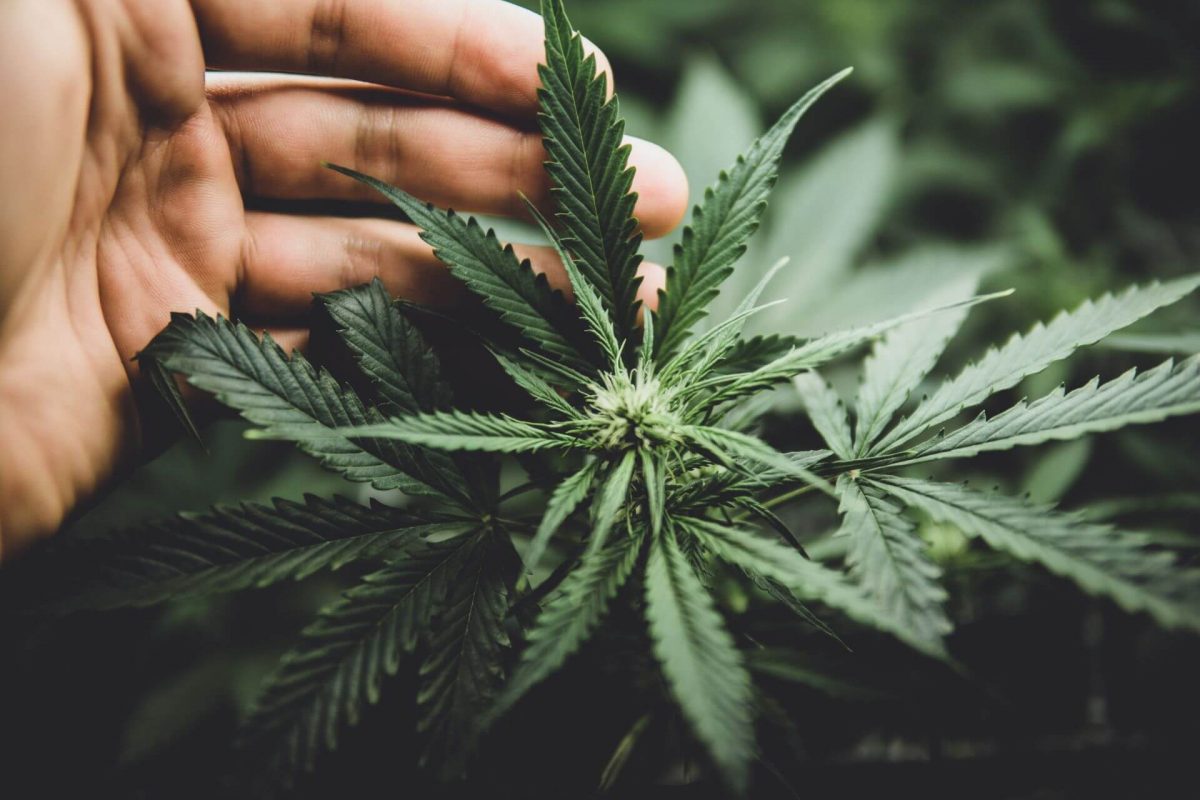
Marijuana joints and cigarettes are dipped into or laced with embalming fluid, formaldehyde and phencyclidine (PCP), known on the street as ‘fry’ or ‘wet.’ Embalming fluid and PCP can cause respiratory distress and failure.
Cocaine
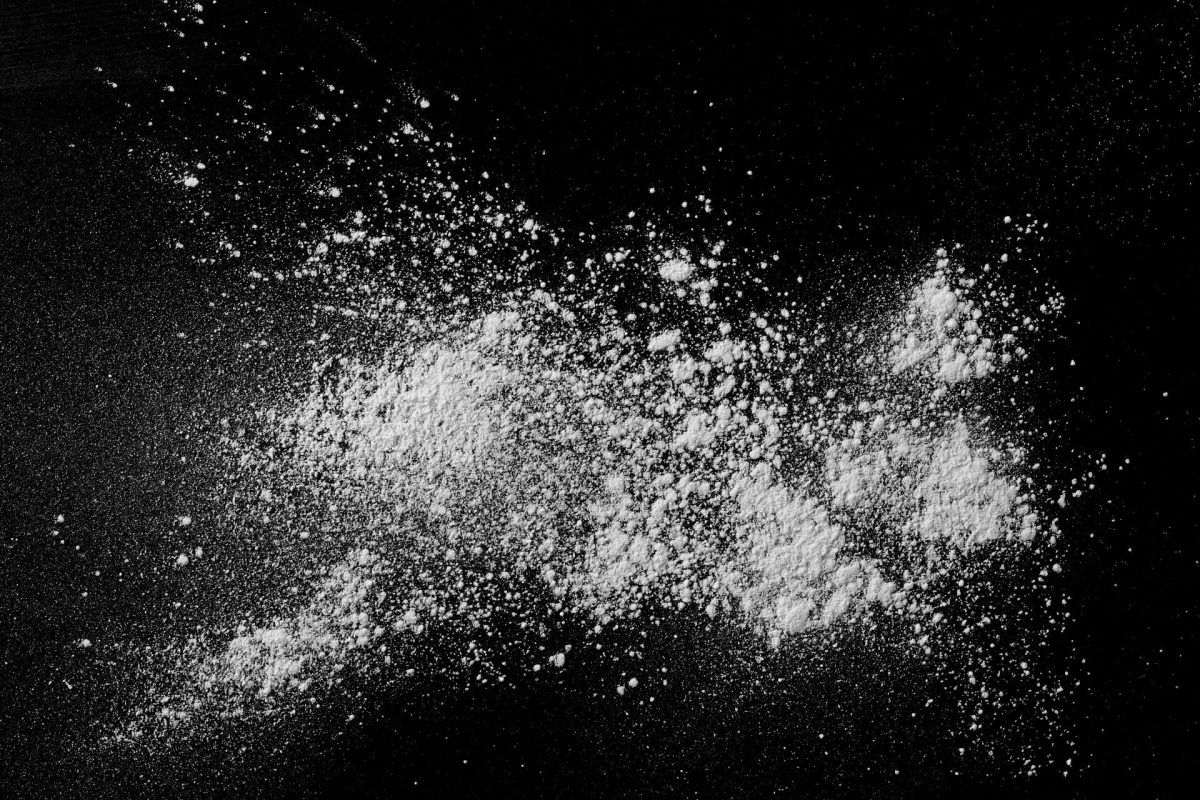
Dealers bulk up cocaine using laundry detergent, caffeine, boric acid, talcum powder, baking soda, laxatives, creatine, meat tenderiser, and cattle dewormer powder. The additives themselves are not dangerous, but small particles build up in your arteries, causing dangerous blockages in your heart, brain, and liver.
Stimulant cutting agents are used to increase the potency of the drugs. They’re readily available, inexpensive, and impossible to detect.
Stimulants commonly used to lace cocaine include:
- caffeine
- aspirin
- pain relief medication like Lidocaine and Benzocaine
- amphetamines like Adderall, Dexedrine and Ritalin
Various street drugs like cannabis, heroin, PCP, and LSD are also used as cutting agents in cocaine. These stimulants are added to create a different kind of high.
Cocaine is also cut with Levamisole, a veterinary product to kill parasites and worms. It is used as a stimulant cutting agent because it is inexpensive. Levamisole is toxic to humans, and misuse or abuse of the substance can lead to painful skin problems, skin necrosis (dead cells), renal failure, and seizures.
Crack cocaine
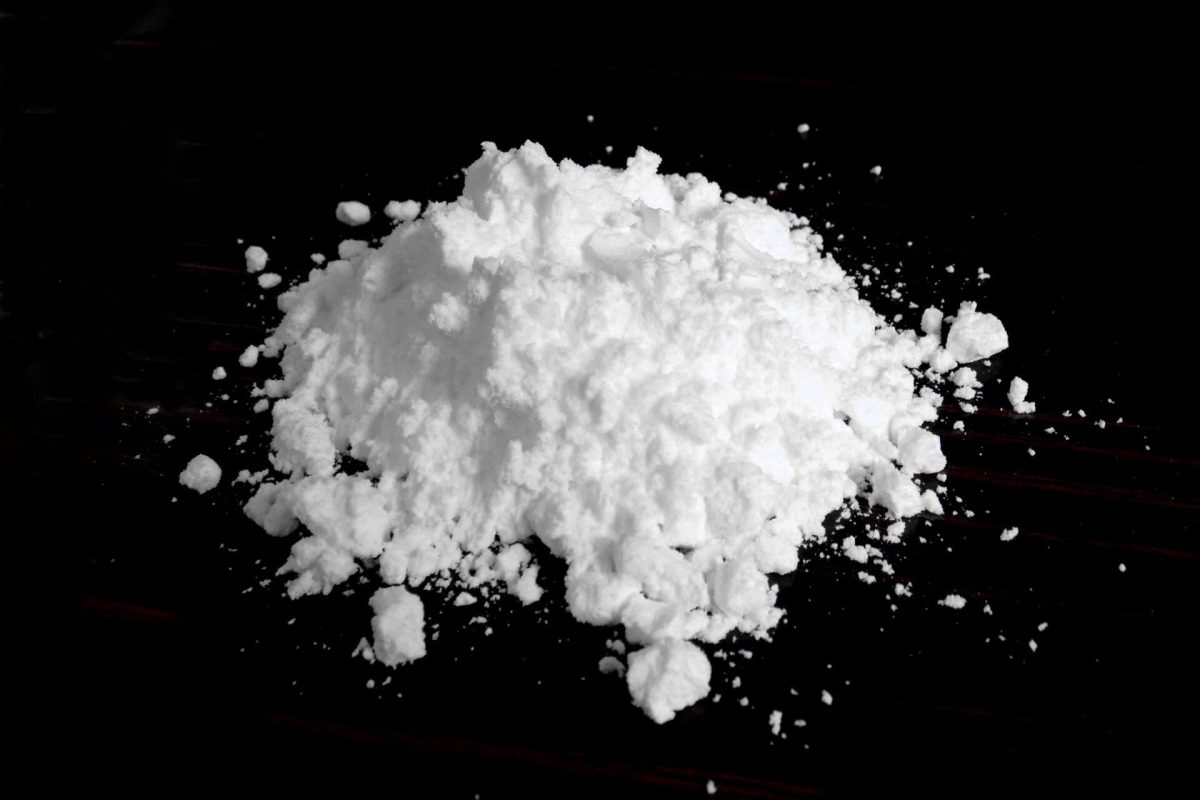
Crack cocaine is cut with benzocaine, procaine and lidocaine. These drugs are used as a dental anesthetic but as a cutting agent, they copy the numbing effect of cocaine. Crack (freebase) cocaine is made by mixing baking soda or ammonia into the powder form of cocaine.
- Benzocaine abuse can lead to a life-threatening condition called methemoglobinemia, caused by a significant reduction of oxygen carried by blood to parts of the brain, nerves and muscles.
- Side effects of procaine abuse include elevated stress and anxiety and obsessive-compulsive and paranoia symptoms.
- Lidocaine is one of the most common anaesthetic agents used to cut cocaine. Misuse or abuse can lead to acute drug toxicity, resulting in life-threatening convulsions and seizures.
Heroin
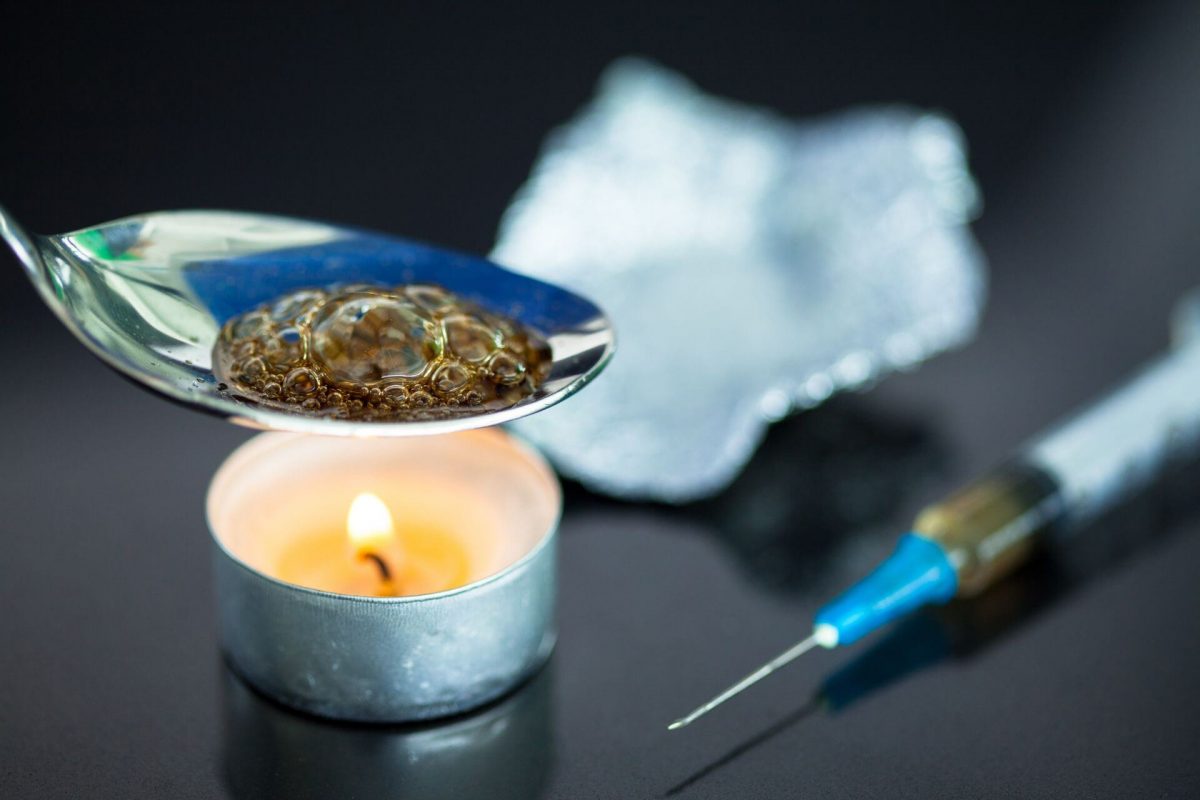
Heroin is cut with crushed motion sickness tablets (scopolamine), synthetic opioids (fentanyl), and animal tranquilisers (carfentanil). In murder or attempted murder investigations, strychnine (lethal poison) has been found in heroin overdose deaths.
Heroin is bulked up with baking soda, starch, talcum powder, powdered milk, laundry detergent, and caffeine. The worse substance used to lace heroin is rat poison, giving users a different high but risk of instant death.
Methamphetamine
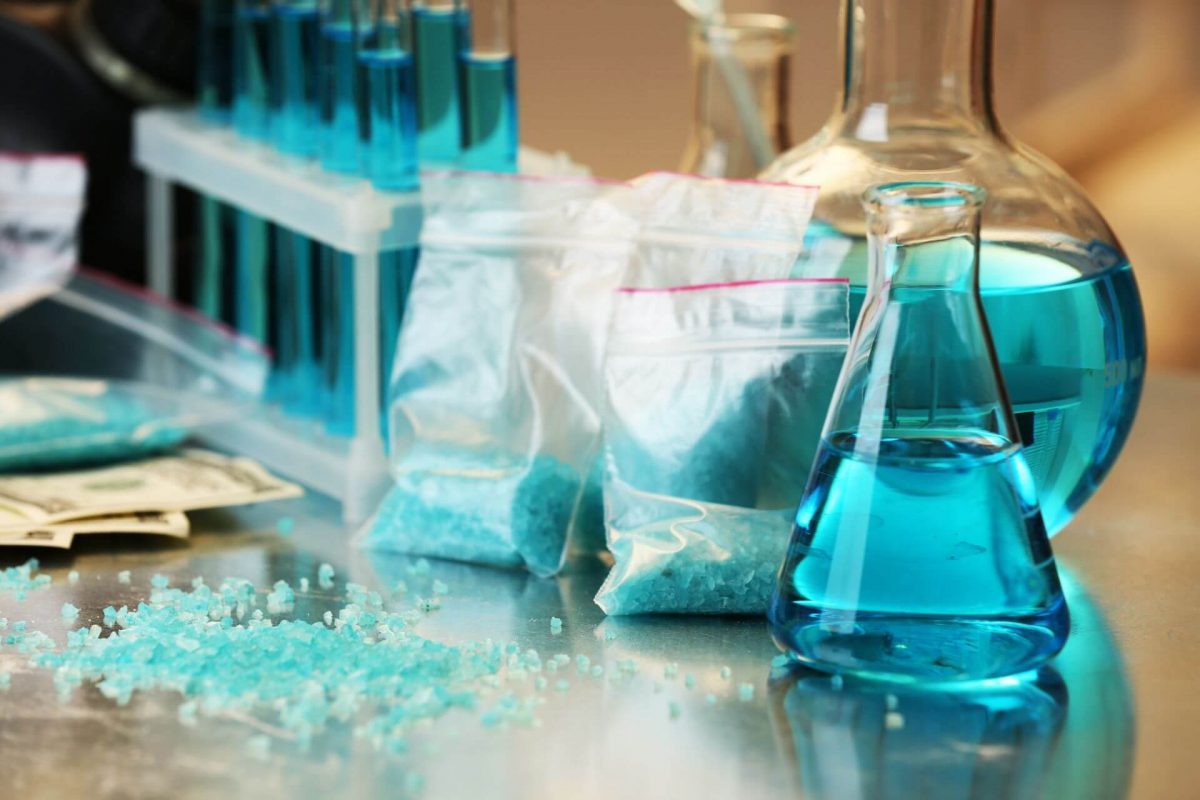
Illicit methamphetamines are made by distilling various harsh chemicals such as pseudoephedrine and ephedrine products and prescription medication like codeine, fentanyl, barbital, and ketamine.
Manufacturers and dealers bulk the product up with additives with the same white powdery appearance, such as talcum powder, milk powder, boric acid, starch, and baking soda.
Street meth is often cut with additives that are not safe for human consumption, but dealers use these substances to add weight or intensify the drug’s effect so they can sell less of it and make more money.
Common additives used to lace meth include:
- lithium metal
- hydrochloric acid
- sulfuric acid
- iodine
- red phosphorus
Did you know?
Illicit methamphetamine is laced with metals such as lithium, palladium, and nickel to increase the weight of the drug. This lacing is done in the production process and is impossible to detect. Metals in meth can lead to cardiac and kidney disease, chronic neurological disorders, overdose, and death.
Ecstasy (Molly or MDMA)
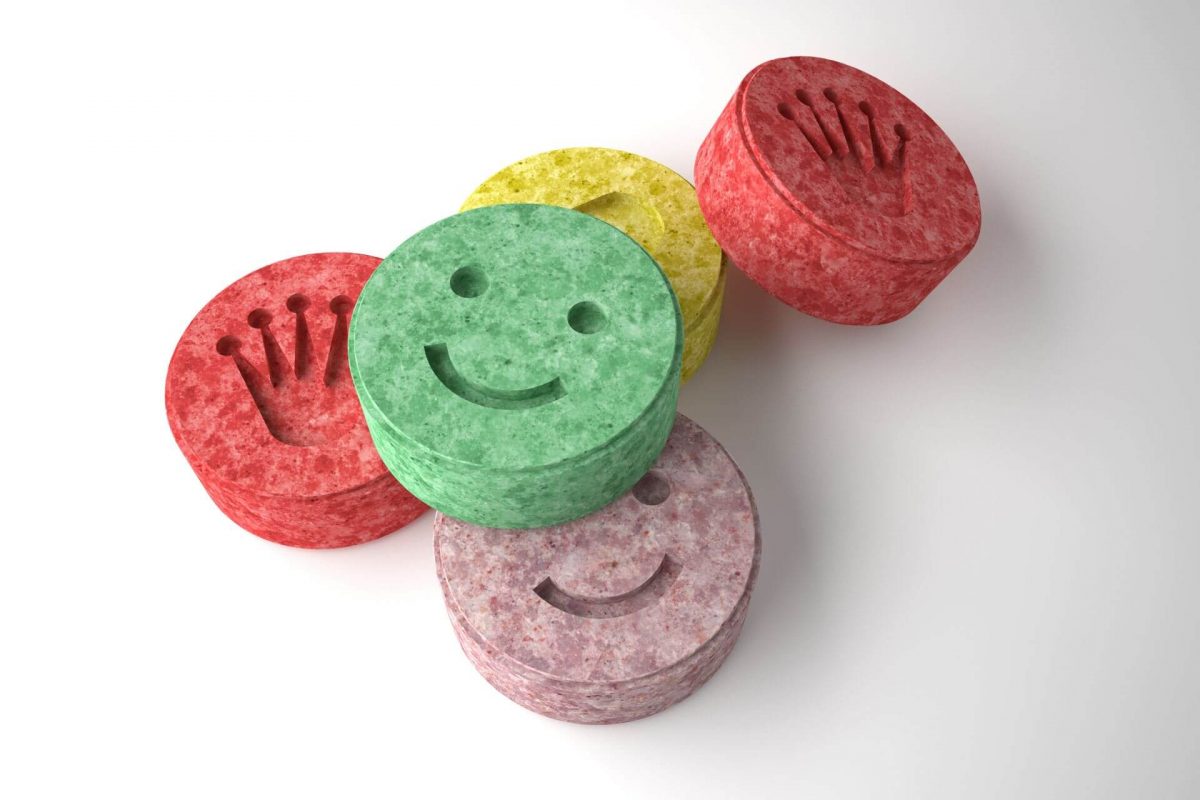
Molly is slang for methylenedioxymethamphetamine, also known as ecstasy or MDMA. Ecstasy is cut with cheaper chemical additives to add weight and increase its potency.
The most common cutting agents are:
- paramethoxyamphetamine (PMA)
- aspirin
- caffeine
- ketamine
- fentanyl
- cocaine
- mephedrone
- methamphetamine
- LSD
Ecstasy combined with these cutting agents can be deadly. Not only do these cutting agents make the drug more addictive, but they also increase the risk of an overdose and accidental death because it’s impossible to tell how potent the drug is.
Signs of a drug overdose

Laced drugs cause drug overdose deaths because users don’t know what additives have been used to cut the drugs, or they underestimate the potency of the laced drugs. Here is essential information if someone you love is exposed to the risk of overdose because they use a drug commonly laced with toxic additives.
Signs of an overdose:
- rapid heartbeat
- increased body temperature
- shallow breaths or not breathing
- gurgling, wheezing, snoring sounds
- blue-purplish lips and fingernails
- pinpoint, dilated pupils
- chest pain
- nausea, vomiting
- confused, dazed, disorientated
- aggressive, violent
- non-responsive, unconscious
- seizures, convulsions
What should you do if you suspect someone has overdosed:
- call for urgent medical help
- keep talking to keep them awake; do not pinch or slap them
- place them in the recovery position to open up their airways and stop them from choking on vomit
- do rescue breathing (CPR) if they are struggling to breath
- administer Naloxone (Narcan) nasal spray or injectable solution if it is available
- collect evidence of drug paraphernalia to assist the medical team
We’re here to help.
Contact us today if you’d like a confidential and free chat with one of our qualified mental health and addiction care professionals at White River Manor in South Africa.







